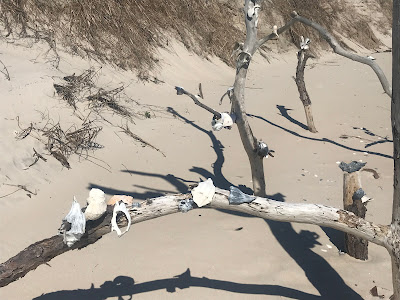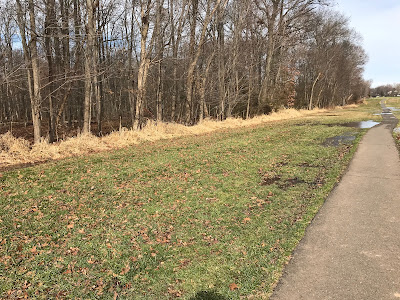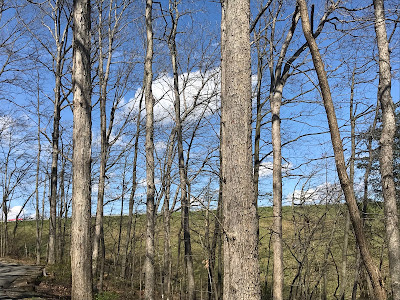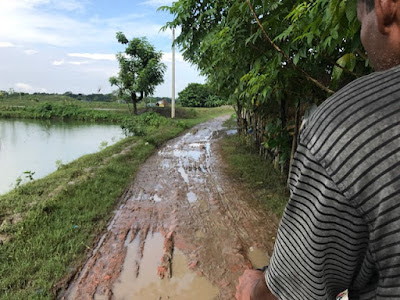Hold Onto Your Hood
The wind that made beach combing and cycling harder than they needed to be last week in Chincoteague seems to have followed us home. For the last couple of days there have been gusts up to 40 or 45 miles per hour.
I decided to take a walk anyway, because I was driving past the W&OD and thought I’d give it a whirl. A whirlwind was more like it.
The breeze blustered, it careened, it nearly knocked me off my feet. And while my hat was fairly secure, my hood was anything but, especially when I was walking into the wind. It blew it right off my head. At times it took both hands on the hood to keep it from flying back.
Luckily, a hood is usually attached to a coat whereas a hat is not. Which makes the phrase “hold onto your hood” … somewhat nonsensical.
(“Who has seen the wind?” The ripples in this sand dune prove it was there.)












